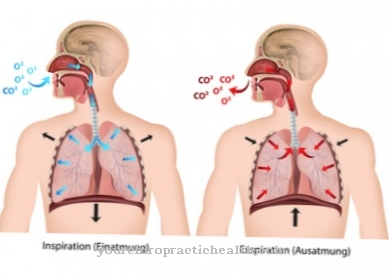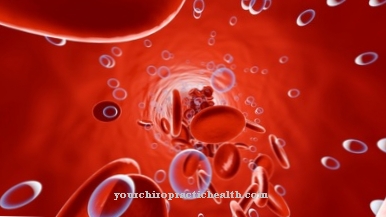“You can't not communicate!” This quote from Paul Watzlawick is reality. As soon as people come into contact with other people, they are in contact with their environment. The ability to communicate is important for human survival, but it also often leads to conflict and misunderstanding.
What is communication

The term communication is used to describe the process of transmitting or exchanging messages between people or - in technological terms - between the sender and the recipient. Verbal communication (the exchange of ideas, thoughts, and opinions) takes place through language.
In addition, there is also non-verbal communication. This takes place via the facial expressions, gestures and eye contact of the communication partner. This visual perception also allows people to communicate through writing and symbols.
In addition to the literal content of the language and the visual experiences, the way of speaking and the way of touching are communicatively informative. For example, people with a handicap of a sense organ are surprisingly able to communicate extensively with the environment without any problems, as they can fall back on other ways.
Function & task
Humans are social beings who enter into an exchange with others through communication. The better a person communicates, the easier it is for them to assert their needs. By means of his communication skills, people can communicate when they are not doing well and what needs they have.
A fundamental drive of people is their ability to create relationships and for that you always need someone to talk to. If a person is alone and cannot communicate, he becomes ill easily - especially if this state has not been freely chosen.
On the physical level, in addition to the sensory organs and the brain, the larynx is also involved in communication processes. The news is picked up with our ears, with our eyes we see how the other person acts and behaves, through the skin and the sense of touch we feel temperature, aggression or love. The recorded stimuli and information are interpreted by the brain after they are received and lead to a reactive communication activity.
The anatomy of the larynx is responsible for ensuring that humans can speak up. The larynx, in which the voice is produced, is located directly below the throat. If you swallow consciously, you can easily feel the location of the larynx; it moves up and down when you swallow.
Sounds and speech are created by vibrating the vocal cords in the larynx. These are able to vibrate and for this reason can produce sounds with the help of the exhaled air from the lungs.
Many communication processes run naturally. This is completely sufficient for most everyday situations. But misunderstandings when communicating are also not uncommon. If, for example, the facial expressions do not match what is being said or something is said other than what is meant, communication becomes complicated.
You can find your medication here
➔ Medicines to improve concentration and language skillsIllnesses & ailments
Apart from misunderstandings in communication, which occur due to unclear messages, there are also physical and psychological restrictions or clinical pictures that can make communication difficult.
Physical complications include diseases of the vocal cords and larynx - the spectrum ranges from inflammation to cancer. If areas in the brain that are important for communication are destroyed, as can be the case after a stroke, this is considered a neurologically-related language disorder, also known as aphasia.
It would be wrong to call aphasia a mental disorder or intellectual disability. Rather, it is a disruption of the ability to communicate, since the patient is no longer able to understand language, produce language, or write and read. In contrast to a speech disorder, motor problems are not the cause of a speech disorder. Only the ability to speak is restricted, not the ability to express language clearly and correctly.
A typical speech disorder, on the other hand, is stuttering. People who stutter experience restrictions in the flow of speech and language. These processes are not deliberately controllable for them. Those affected only have the way to a speech therapist if they want to improve their communication skills and deal with their disorder more confidently. The term for a hasty, unclear and irregular speaking style is "rumbling"; The speech therapist is also the specialist for this.
Mutism - so-called psychogenic silence - is a particularly extreme form of psychologically induced limitations in communication skills. That means that there is no demonstrable defect in the area of the speech organs and yet the mutistically inclined person persistently remains silent; high levels of mutism are often associated with a psychiatric illness such as depression.





.jpg)







.jpg)

.jpg)
.jpg)











.jpg)